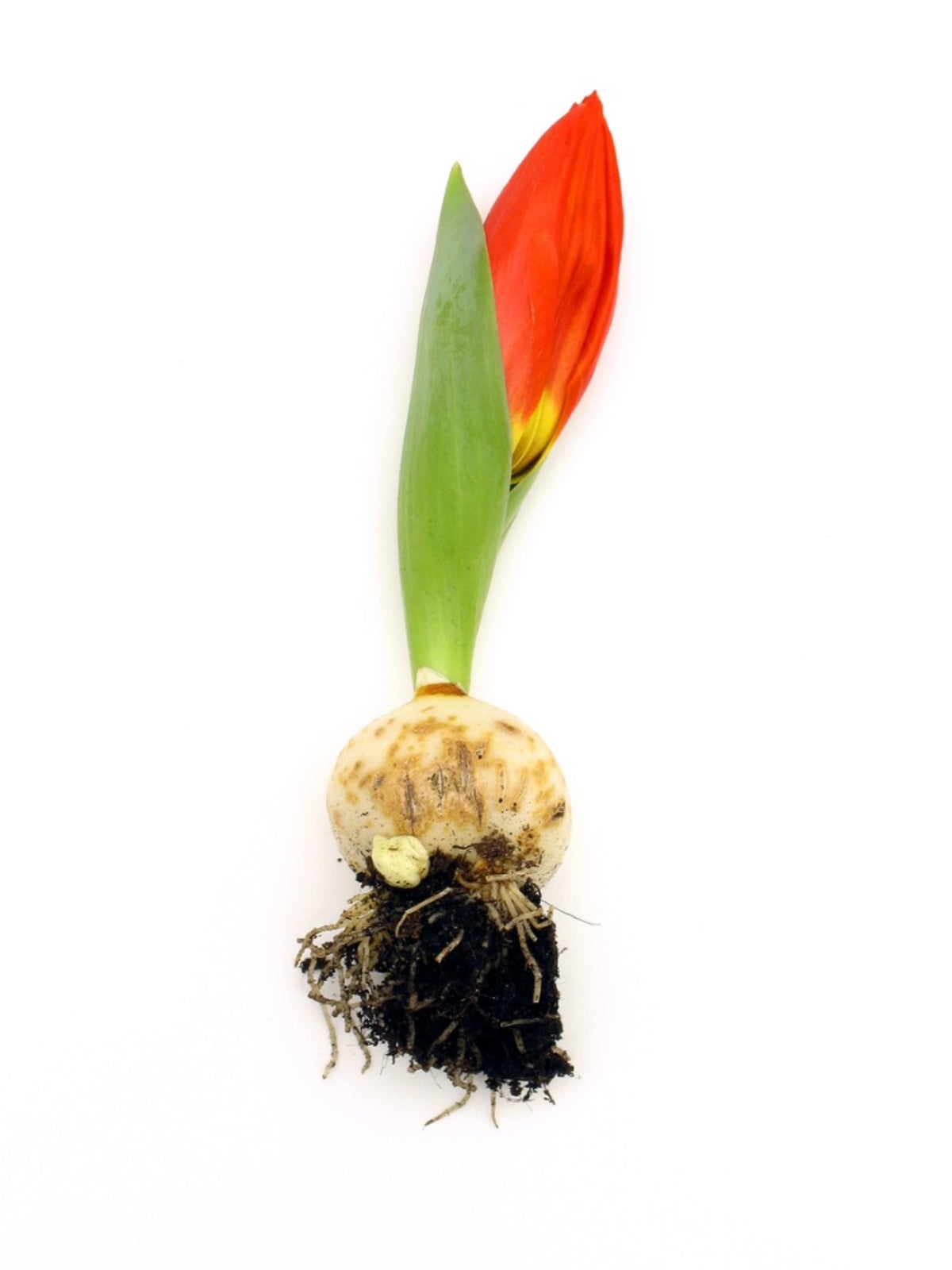Dividing Tulip Bulbs


A great many people love to grow tulips in their garden, and for good reason. They are very lovely flowers. While many people grow them, not many people can keep their tulips blooming for more than a few years, especially when they become overcrowded. Read on to learn about dividing tulips.
When is It Time for Dividing Tulip Bulbs?
Once in awhile a person may find that they just so happened to plant their tulips in ideal conditions and that their tulips flourish year after year. If you are one of these rare and lucky people, you may find yourself in the unusual circumstances of needing to divide the tulip bulbs in your tulip bed. Tulip bulbs are much like any other kind of bulb. They are a self-contained plant organism. This means that they must work very hard during the spring months to store enough energy to survive the rest of the year. Moving a plant can also take some of the energy out of a plant. For this reason, you should try to divide your tulip bulbs in midsummer to midfall, after all of the energy storing foliage has died back and the tulip has the best chances of having enough energy stored to survive both the move and the winter.
How to Divide Tulip Bulbs
In order to lift your tulip bulbs out of the ground, you will probably need to dig fairly deep. Most long surviving tulip beds tend to be planted a bit deeper than normal. It may be a good idea to dig carefully on the edges of your bed until you determine how deep the bulbs are planted. Once you have determined this, you can go ahead and lift the rest out of the ground. Once all of the tulip bulbs have been lifted, you can replant them where you would like. Be warned, though, it really is difficult to be able to give your tulips conditions that they not only survive, but thrive and flourish as well. You may want to consider putting at least some tulips back in the same spot. Wherever you decide to plant your divided tulip bulbs, there are a few things you will need to do to get your tulips to grow as best they can.
- First, make sure that you plant your tulip bulbs at least 8 inches (20 cm.) deep. Preferably, you should replant your tulip bulbs as deep as they were planted in the original bed.
- Also, add a generous amount of peat moss to the hole where you will be planting your tulip bulbs. This will help to ensure that the bulbs will have excellent drainage, which is essential to continued healthy tulip growth.
- Add some low-nitrogen or special bulb fertilizer to the hole as well. This will help your tulips get a little extra boost of energy when they need it.
- Fill in the hole and you are done.
Hopefully, after you have divided your tulip bulbs, they will return bigger and better than ever!
Gardening tips, videos, info and more delivered right to your inbox!
Sign up for the Gardening Know How newsletter today and receive a free copy of our e-book "How to Grow Delicious Tomatoes".

Heather Rhoades founded Gardening Know How in 2007. She holds degrees from Cleveland State University and Northern Kentucky University. She is an avid gardener with a passion for community, and is a recipient of the Master Gardeners of Ohio Lifetime Achievement Award.
-
 4 Superfast Composting Methods: Turn Waste Into Garden Gold In 30 Days Or Less
4 Superfast Composting Methods: Turn Waste Into Garden Gold In 30 Days Or LessTry the fastest composting methods to turbocharge your pile and transform kitchen scraps and garden waste into finished compost in just a few weeks.
By Mary Ellen Ellis
-
 Best Spider Plant Soil – Complete Soil Guide And Expert Tips For Keeping Plants Happy
Best Spider Plant Soil – Complete Soil Guide And Expert Tips For Keeping Plants HappySpider plants are fun and easy plants to grow, but what is the best soil for a spider plant? Selecting the right soil is important so they can thrive.
By Bonnie L. Grant